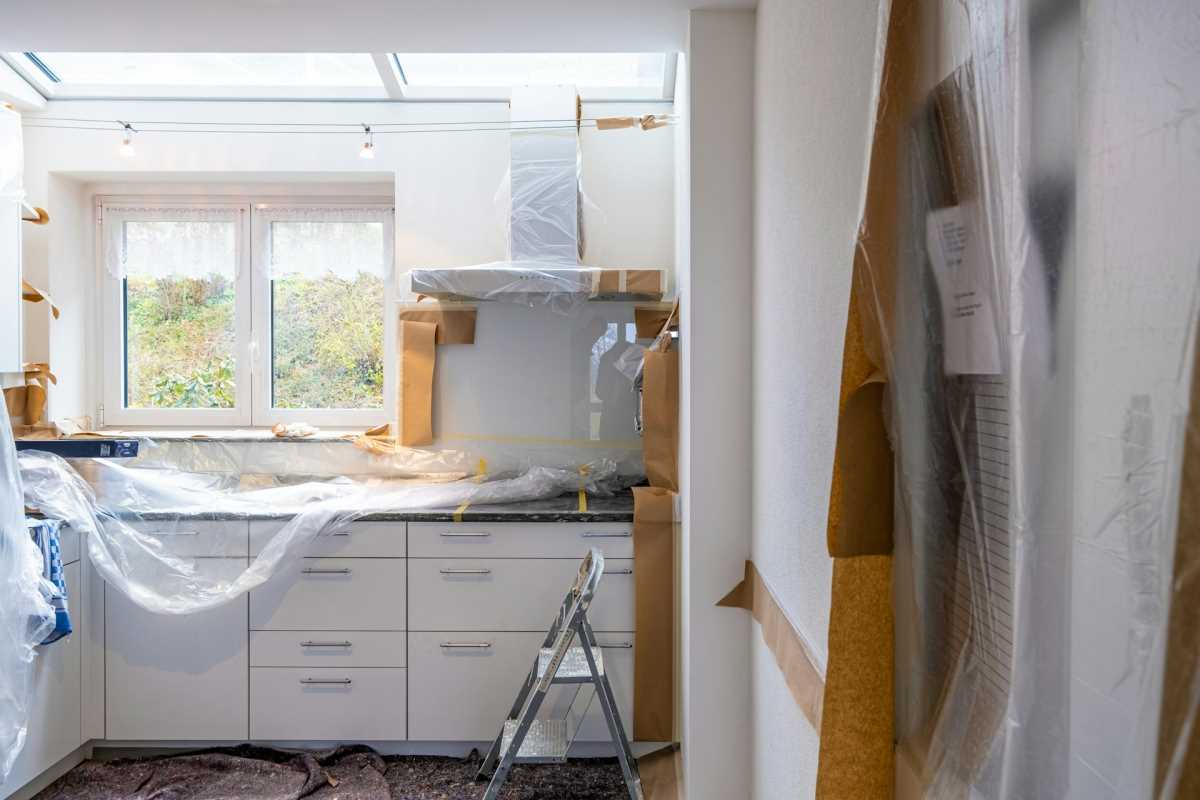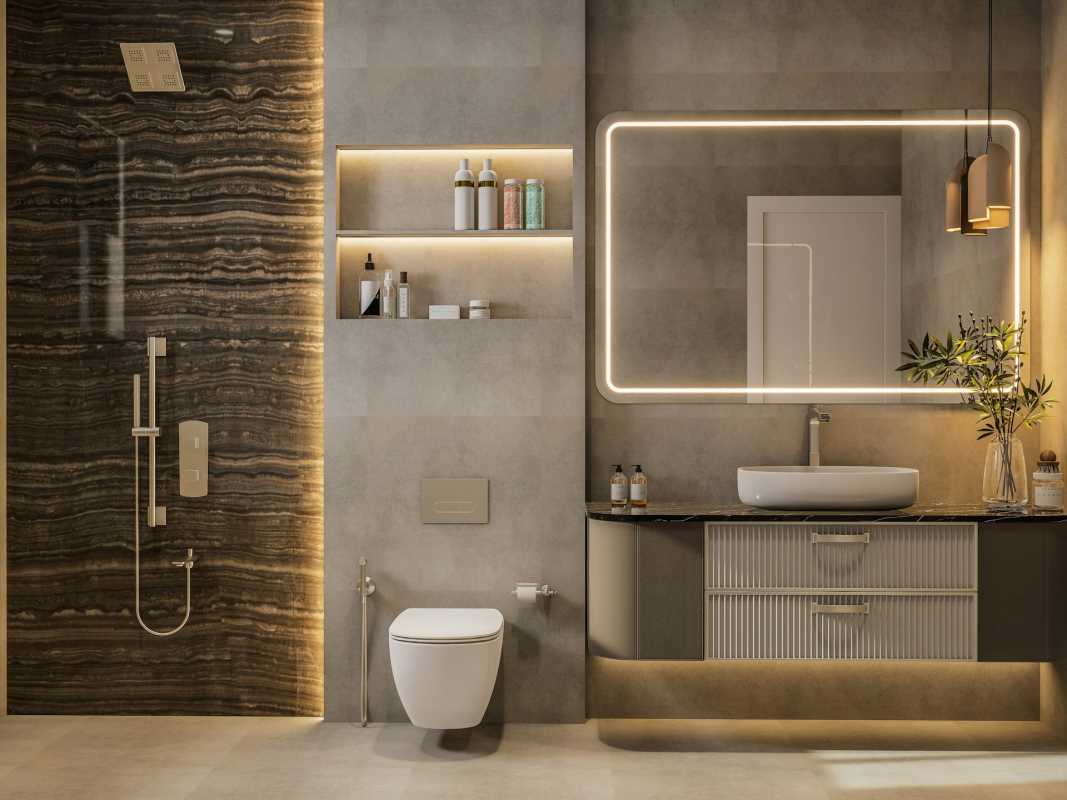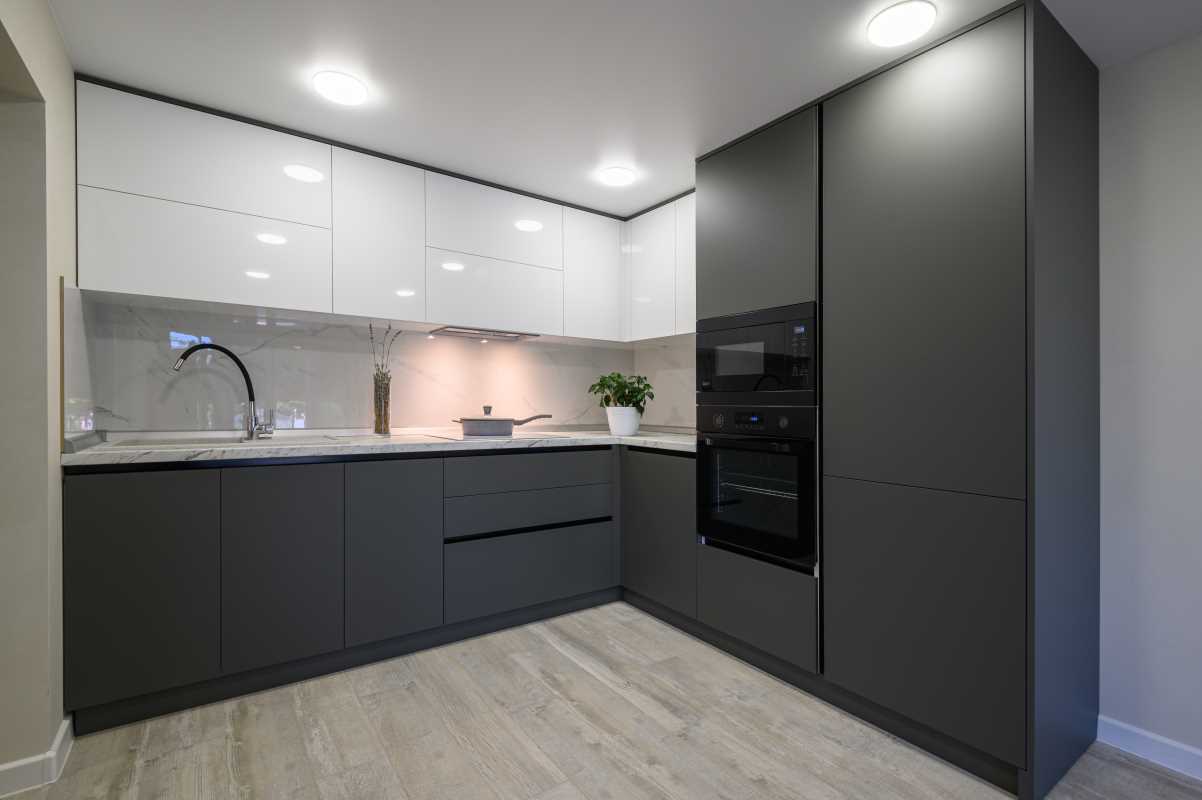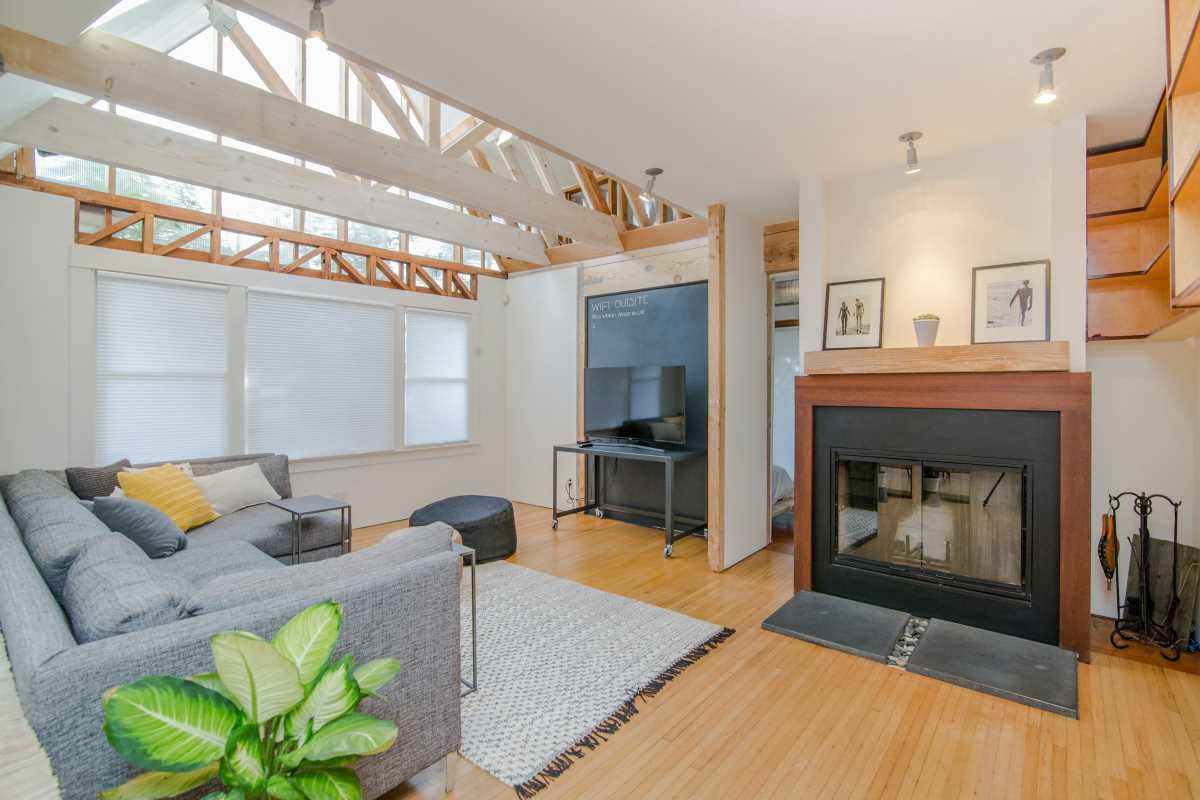When it comes to home renovations, there’s nothing quite as thrilling as imagining your dream space coming to life. You’ve likely picked out the perfect paint colors, flooring, and fixtures—but have you factored in the hidden costs that might take you by surprise along the way? From unexpected repairs to overlooked fees, renovation projects can quickly snowball into budget-busting endeavors if you aren’t prepared.
Before you swing the first hammer, it’s crucial to understand the potential pitfalls. This guide will walk you through the most common hidden expenses and offer tips to help you plan for and manage these costs effectively.
1. Permit and Inspection Fees
One expense that often flies under the radar is the cost of permits and inspections. Depending on the scope of your project and where you live, permits may be required for things like structural changes, electrical work, plumbing, or adding square footage. Skipping them is not an option, as it could lead to hefty fines or issues when selling your home later.
What You Need to Know
- Varies by Location: Permit costs can range from $50 for minor projects to thousands for major renovations.
- Routine Inspections: Some projects require multiple inspections throughout the process, which might incur additional fees.
How to Avoid Surprises
Research your local building codes before starting any renovations and factor permit costs into your budget. If you’re working with a contractor, ask them to include permit fees in their quote upfront.
2. Structural Issues
Demo day can reveal a lot about your house, and not all of it will be pleasant. Hidden structural issues such as faulty wiring, water damage, mold, or unstable foundations are all-too-common discoveries when walls or floors are opened up.
Beware of These Red Flags
- Old Homes: Older homes are more likely to have outdated wiring, lead pipes, or asbestos, which require professional removal.
- Water Damage: Rotting wood or mold can mean additional costs for remediation.
How to Prepare
Include a contingency fund (10-20% of your total budget) for unexpected repairs. While it may not completely cover major issues, it will alleviate some of the financial shock. Consider a thorough home inspection before starting to identify potential problem areas.
3. Material Waste
When calculating material costs, it’s easy to underbudget because people often don’t account for waste or overage. Cuts, trimming, and miscalculations can result in leftover materials that are unusable or extra expenses for purchasing more.
Common Areas of Waste
- Flooring: You may need 10-15% extra material to account for cuts and irregular shapes.
- Tiles: Breakages and miscalculations happen more often than you’d think.
- Paint: Misjudging surface area or not accounting for multiple coats could leave you short.
How to Prevent It
Measure your space carefully and buy slightly more material than you think you need. Many stores allow you to return unused materials, so check return policies before purchasing.
4. Delays and Extended Timelines
No matter how well you plan, delays are almost inevitable. From bad weather affecting exterior projects to back-ordered materials, there are plenty of factors beyond your control that can stretch your timeline and budget.
Potential Costs of Delays
- Labor Fees: Contractors often charge for extra time if a project runs longer than expected.
- Living Arrangements: If your renovation affects essential spaces like your kitchen or bathroom, you may need to budget for temporary housing or dining out more often.
How to Mitigate Delays
Order materials early and stay in close communication with your contractor. Build flexibility into your timeline and set realistic expectations for how long the project will take.
5. Temporary Fixes or Plan Changes
Mid-project changes can be one of the priciest hidden costs in a renovation. Whether it’s falling in love with more expensive materials or deciding to expand the scope, deviations from your original plan can add up fast.
Examples of Costly Changes
- Upgrading countertops from laminate to quartz mid-project.
- Choosing custom fixtures over standard ones.
- Deciding mid-way to add extra square footage or additional features.
How to Stay on Budget
Stick to your original plan as much as possible. Before starting, spend time exploring options and making decisions you’re confident in to reduce the risk of second-guessing.
6. Utility Upgrades
Renovation projects that involve electrical or plumbing updates often reveal outdated systems that can’t accommodate modern needs. Updating your wiring, adding circuits, or refining plumbing lines can significantly increase overall costs.
How to Address This
Consult with an electrician or plumber during the planning stage. This way, any necessary upgrades can be included in your original budget rather than appearing as surprise expenses during the project.
7. Disposal and Cleanup
Once the renovation is complete, you might find yourself with piles of construction debris or old appliances and materials that need disposal. Many homeowners forget to factor in waste removal costs.
Common Expenses
- Dumpster Rental: Typically costs $300-$600 depending on the size.
- Hauling Services: Items like appliances or heavy debris may require professional removal.
Save on Cleanup
Ask your contractor if clean-up is included in their services. If you’re handling DIY disposal, look into local options for recycling or donating materials to cut costs.
8. Increased Utility Bills
If your renovation involves large equipment or extended project timelines, you may notice an uptick in utility bills. Tools requiring electricity and heating, cooling, or water consumption during the project can all add up.
How to Plan for This
Budget for slightly higher utility costs during the renovation period. Opt for energy-efficient lighting and tools where possible to minimize waste.
9. Failing to Budget for Miscellaneous Expenses
Sometimes, it’s the little things that catch you off guard. Small expenses like new outlet covers, upgraded hardware, or that one extra gallon of paint can sneak up on you.
Protect Your Wallet
Always include a buffer in your budget for miscellaneous expenses. A 10-15% contingency can give you the flexibility to cover these surprises without added stress.
 (Image via
(Image via





